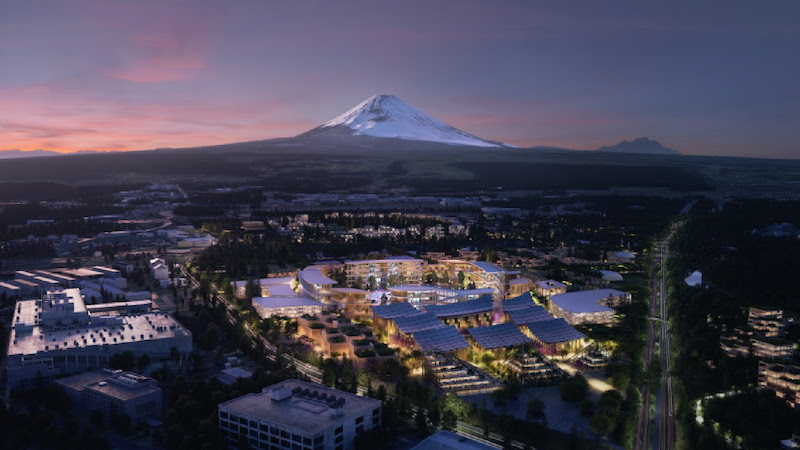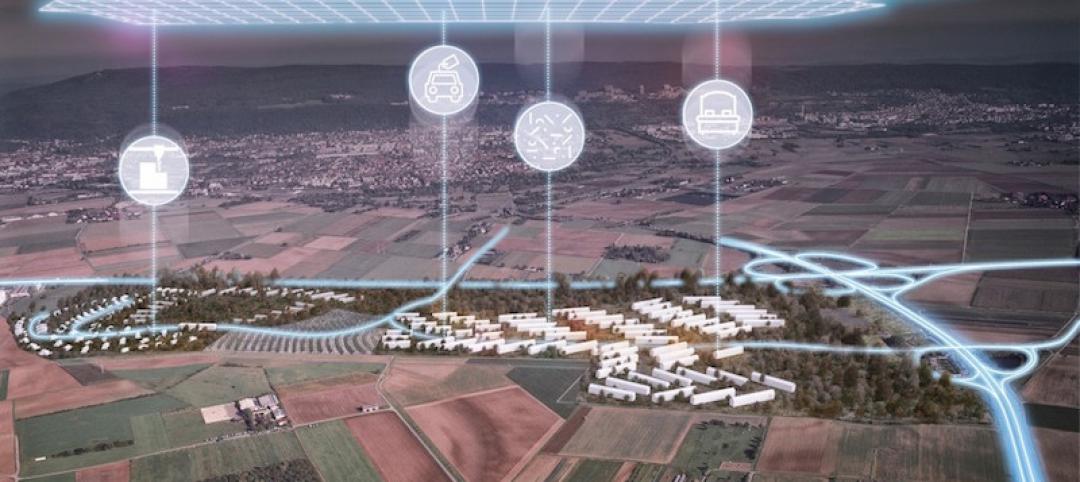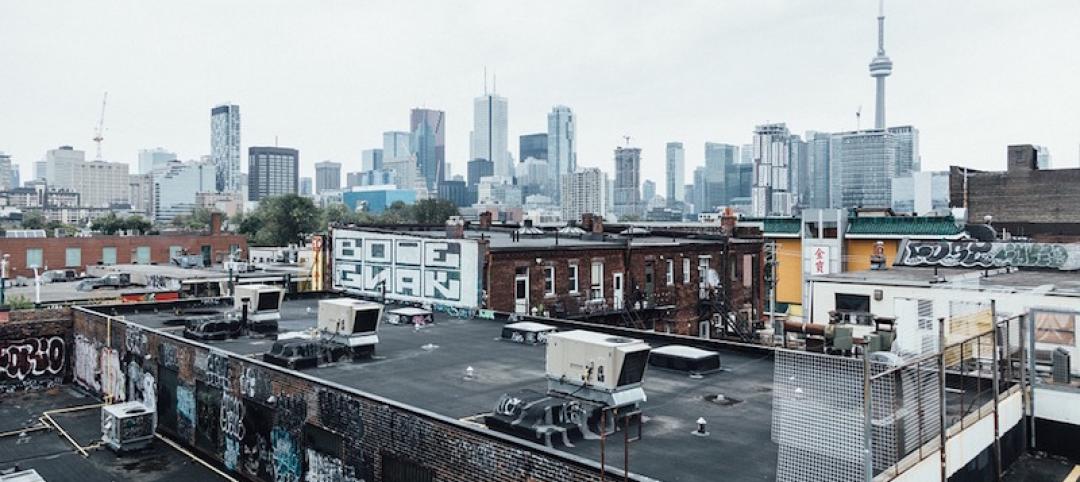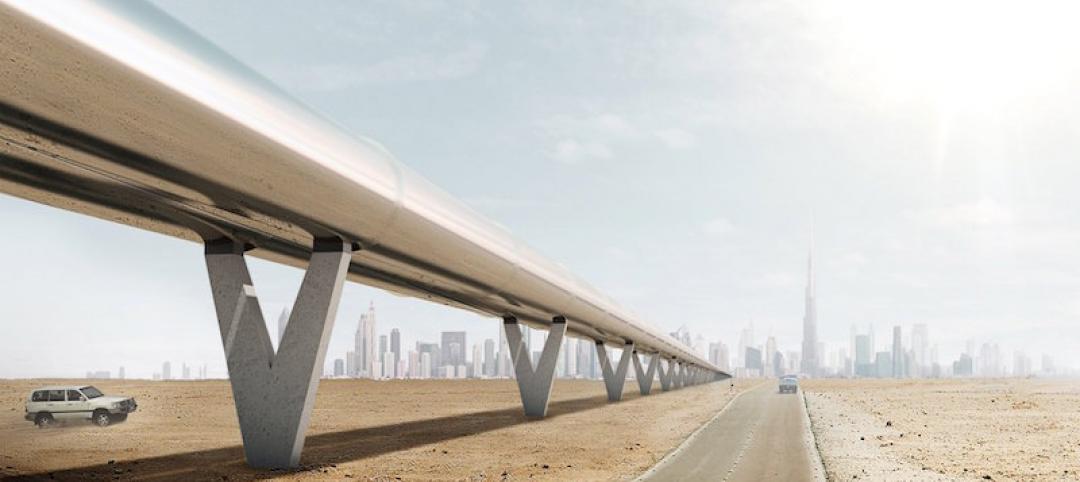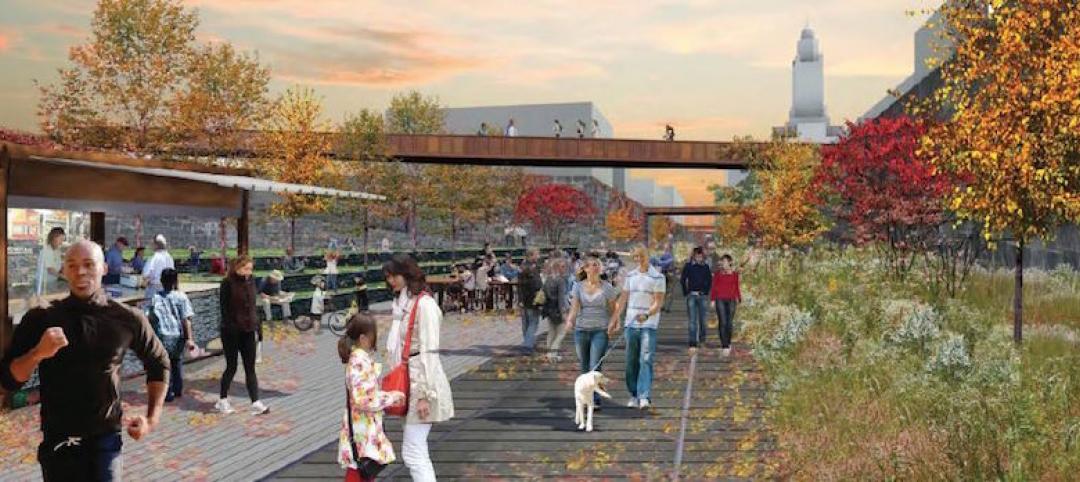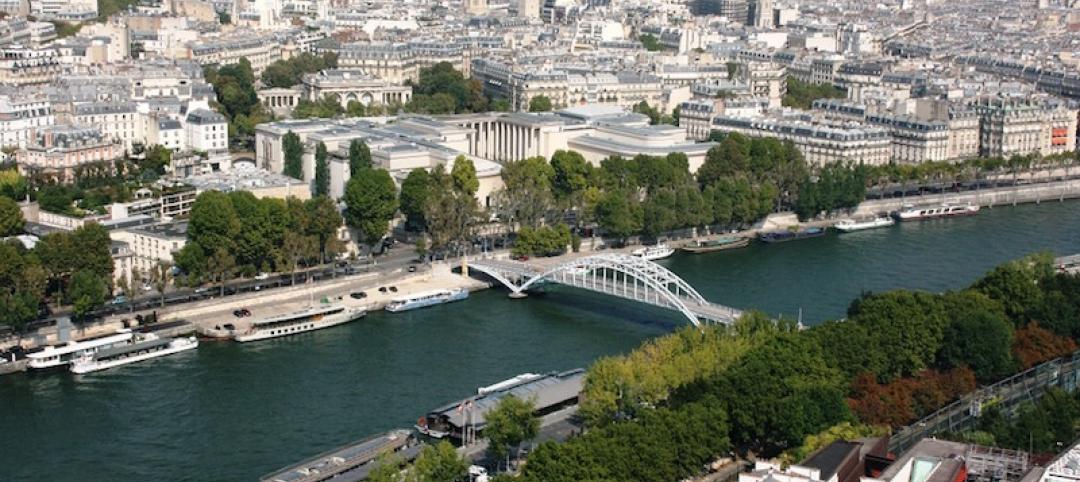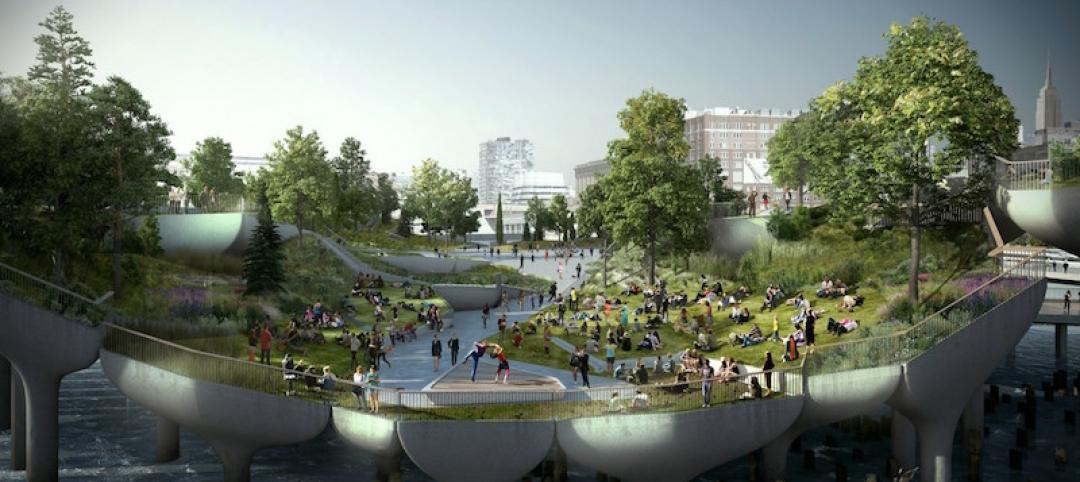The foothills of Mount Fuji are about to become the home to Toyota Woven City, a living laboratory for testing and advancing mobility, autonomy, connectivity, hydrogen-powered infrastructure, and industry collaboration.
Toyota Woven City, designed via a partnership between BIG and Toyota, is located at a 175-acre former factory site in the city of Susono in Shizuoka. It will use solar energy, geothermal energy, and hydrogen fuel cell technology to strive towards a carbon neutral society. The city is conceived as a flexible network of streets dedicated to various speeds of mobility for safer, pedestrian-friendly connections. There will be three separate street types for different modes of mobility.
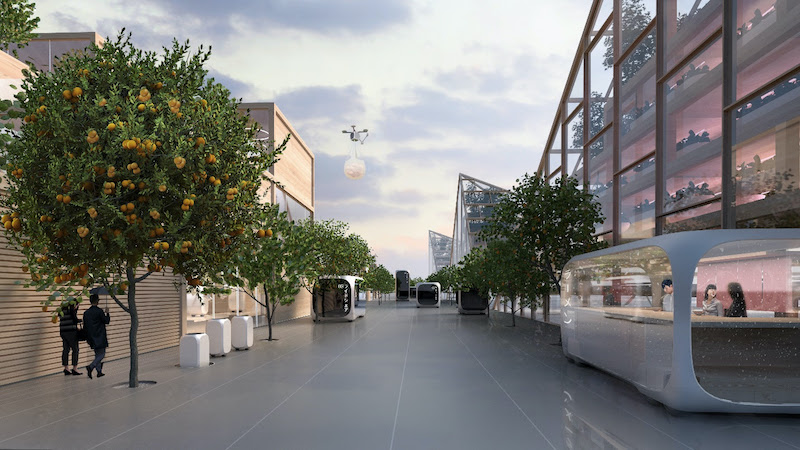
The first is the primary street, which will be optimized for faster autonomous vehicles with logistical traffic underneath. The Toyota e-Palette will be used for shared transportation and delivery services. The second street type is the recreational promenade, which will be occupied by micro-mobility types such as bicycles, scooters, and other modes of personal transport. This shared street will allow residents to freely walk at a reduced speed with increasing amounts of nature and space. The final street type is the linear park, a path dedicated to pedestrians, flora, and fauna. These intimate trails will provide a safe environment for leisurely strolls and nature breaks through the ecological corridor that connects Mount Fuji to the Susono Valley.
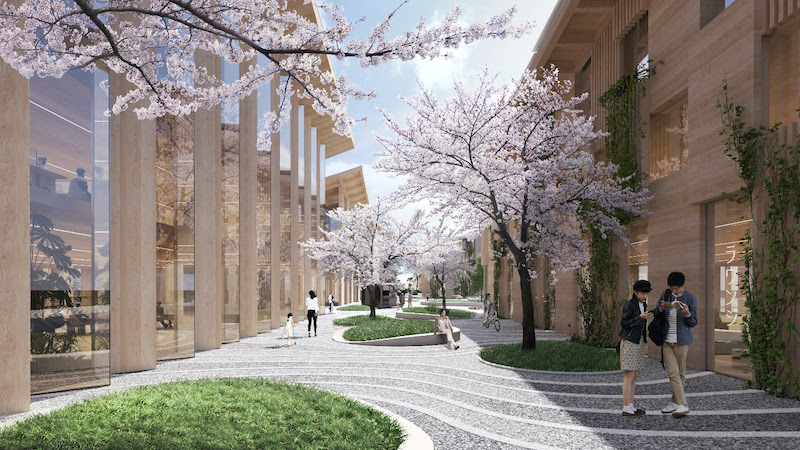
“By simply ‘reprogramming’ existing streets, we can begin to reset the balance between people, mobility, and nature in cities as diverse as Tokyo or New York, Copenhagen or Barcelona.” said Bjarke Ingels, Founder and Creative Director, BIG, in a release. “The Woven City is designed to allow technology to strengthen the public realm as a meeting place and to use connectivity to power human connectivity.”
See Also: BIG unveils Downtown Brooklyn Public Realm vision
The three different street types will be woven into 3x3 city blocks, with each one framing a courtyard accessible via the promenade or linear park. The urban fabric expands and contracts to accommodate a variety of scales, programs, and outdoor areas, such as large plazas or central parks. The city’s infrastructure, including hydrogen power, stormwater filtration, and a goods delivery network known as the matternet, will be hidden underground.
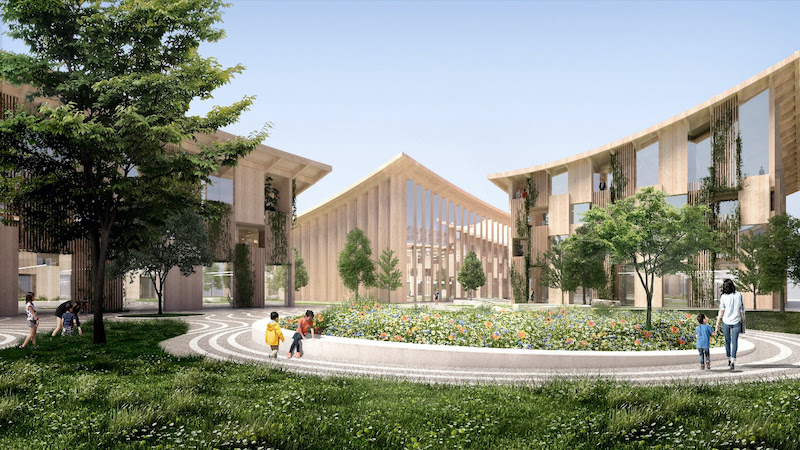
All of the buildings in the Woven City will be built with mass timber and include photovoltaic panels on the roofs. The construction process will combine Japanese craftsmanship and the tatami module with robotic fabrication technology. Each city block will be characterized by a variety of housing, retail, and business to create neighborhoods that are active at all times of the day. R&D spaces will house robotic construction, 3D printing, and mobility labs while offices will be flexible and accommodate workstations, lounges, and indoor gardens. Residences will be used to test technology such as in-home robotics and be equipped with sensor-based AI technology to perform functions like automatic grocery deliveries, laundry pick-ups, or trash disposal.
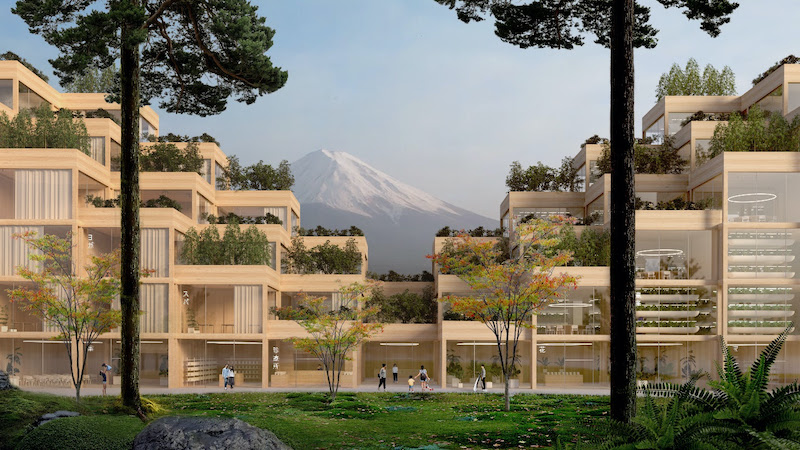
Toyota Woven City is BIG’s first project in Japan and will break ground in phases beginning in 2021.
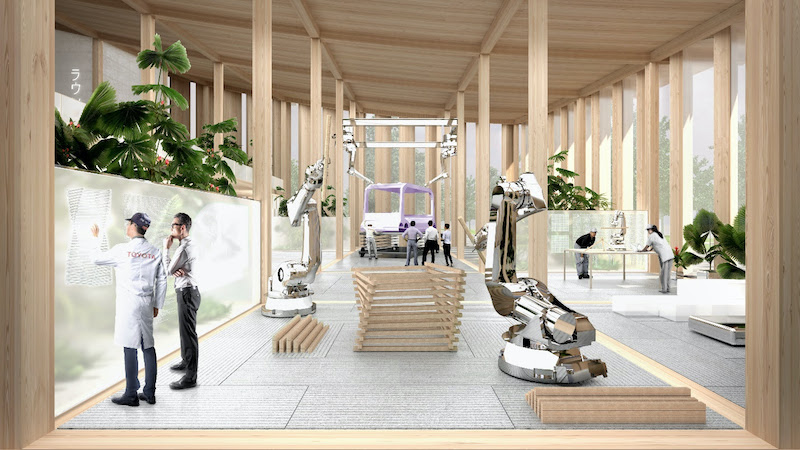
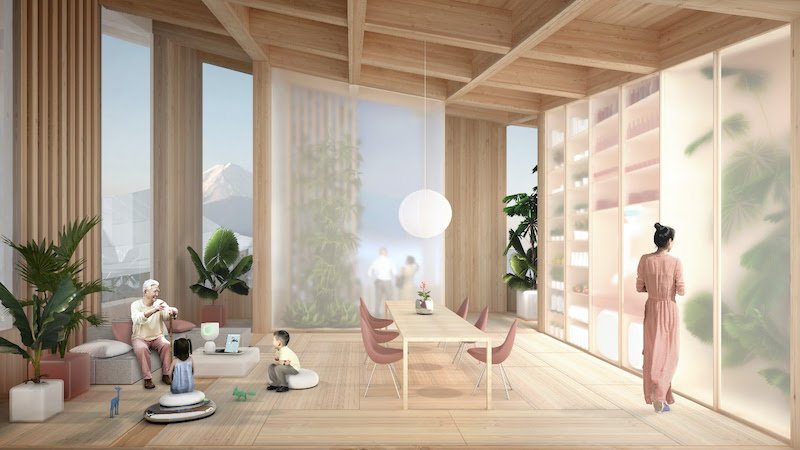
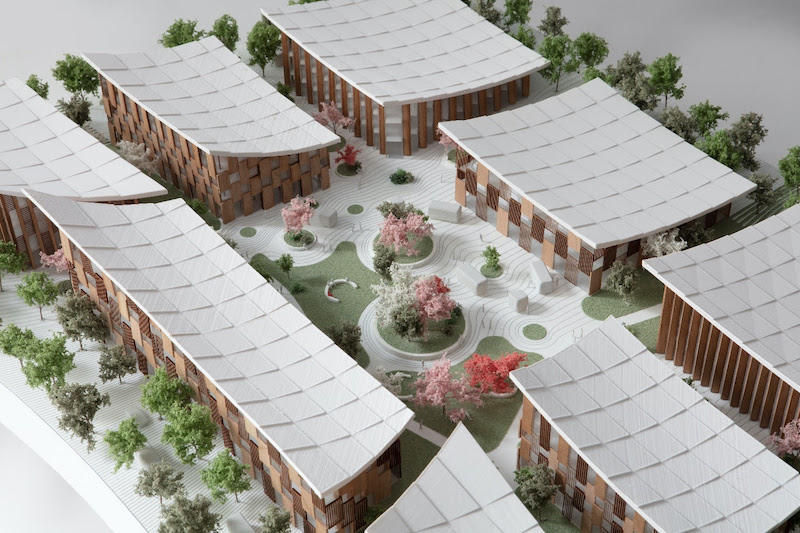
Related Stories
Urban Planning | Mar 14, 2017
Denmark-based architecture firm gives China the world’s longest elevated bike path
The Xiamen Bicycle Skyway stretches for 7.6 kilometers throughout the central part of the city.
Urban Planning | Feb 9, 2017
Abandoned WWII-era military village to become 'commune for the 21st century'
The village in Heidelberg, Germany, which 16,000 Americans called home at one time, is being redesigned as a commune for up to 4,000 people.
Green | Feb 6, 2017
A to Z: Seoul’s elevated park features 24,000 alphabetized plants
The plants will represent 250 species found in South Korea.
Urban Planning | Jan 17, 2017
Using 'hidden data' to probe urban problems
The Center for Neighborhood Technology has been tackling poverty, housing, transportation, and environmental issues for four decades.
Architects | Nov 11, 2016
Six finalists selected for London’s Illuminated River competition
The competition is searching for the best design for lighting the bridges of central London.
Building Tech | Nov 9, 2016
Dubai to Abu Dhabi in 12 minutes: A hyperloop from Hyperloop One and BIG could make it possible
The pods can reach speeds of up to 1,100 kilometers per hour.
Urban Planning | Nov 4, 2016
Rail Park breaks ground in Philadelphia
The project is finally moving forward after nine years in the making.
Urban Planning | Oct 27, 2016
Paris plans to transform the right bank of the river Seine into car-free pedestrian zone
Drivers are worried the move will cause an increase in traffic congestion.
Urban Planning | Oct 27, 2016
The lawsuit blocking the construction of Pier 55 has been thrown out
Construction on the $130 million project can now proceed as planned.
Urban Planning | Oct 20, 2016
Despite troubled development, Masdar City forges ahead
The detailed master plan for Phase 2 of Masdar City has been unveiled by CBT.


